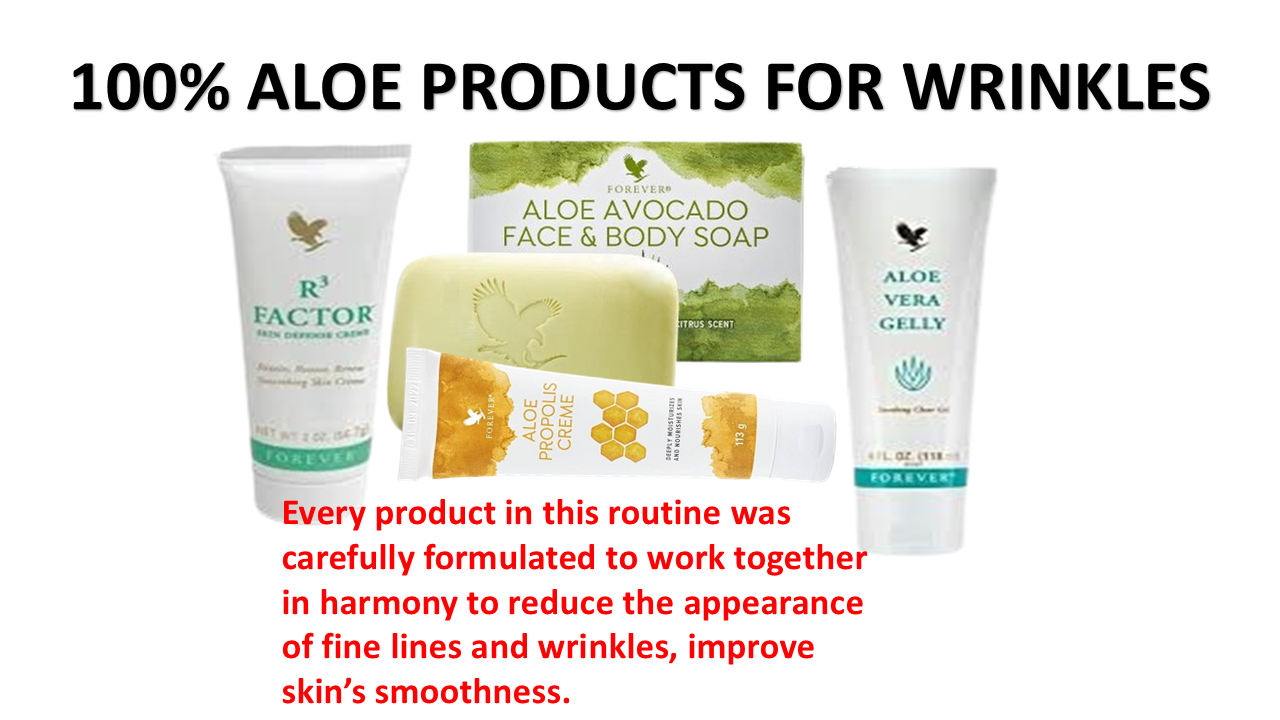Wrinkles are a natural part of aging. These lines and creases in the skin are most likely to form on skin that’s often exposed to the sun, such as the face, neck, hands and forearms. Pollutants and smoking also speed the aging process. Using sunscreen every day and quitting smoking help prevent some wrinkling.
Symptoms
Wrinkles are the lines and creases that form in your skin. Some wrinkles become deep and may be especially noticeable around the eyes, mouth and neck.
When to see a doctor
If you’re concerned about how your skin looks, see a doctor who specializes in the skin. This type of expert is called a dermatologist. Your doctor can assess your skin; help you create a skin care plan and discuss wrinkle treatments.
Causes
Wrinkles are caused by several factors — some you can control, others you can’t:
- Age. With aging, the skin naturally becomes less elastic and drier, with less fat and collagen in the deeper layers. This process results in the lines and creases typical of wrinkling. It also causes loose, saggy skin.
- Ultraviolet (UV) radiation. Ultraviolet radiation from sunlight and other sources speeds the skin’s aging process, especially in people who tend to sunburn easily. It breaks down the elastin fibers and collagen in skin. Without these supportive connective tissues, the skin loses strength and flexibility.
- Smoking and pollution. Smoking and air pollutants speed the aging process.
- Repeated facial expressions. Facial movements and expressions lead to fine lines and wrinkles. For example, every time you squint, smile and frown, tiny grooves form beneath the surface of the skin. As skin ages, it loses its flexibility and can no longer spring back. These grooves then become features of the face.
- Family history. The genes you inherit play a big part in the look and feel of your skin.






Reviews
There are no reviews yet.